Reconnect to Nature: Daisen-Oki National Park
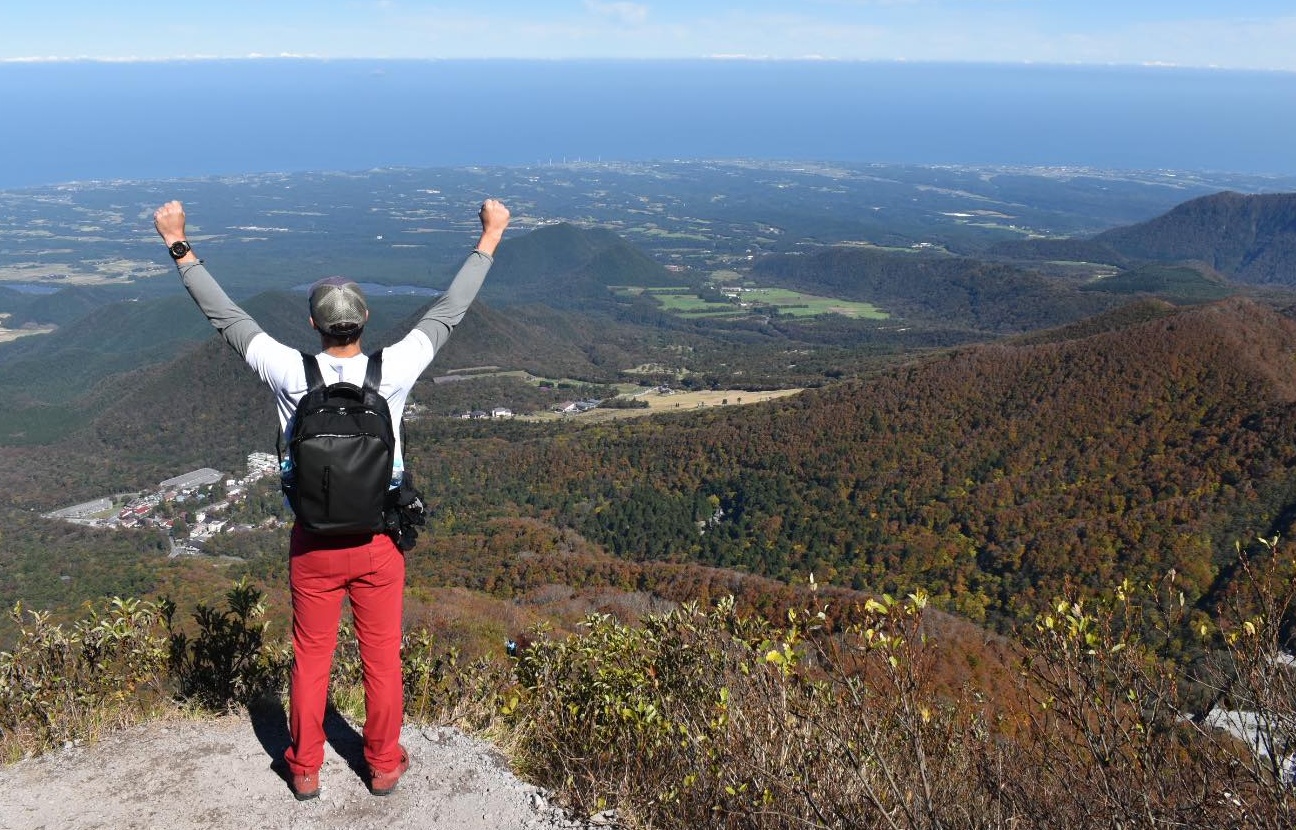
Who knew that a single national park could hold so many opportunities for adventure? Daisen-Oki National Park spans three different prefectures and includes various mountains, islands, and even the oldest Shinto Shrine in Japan.
By runAway: Sole of Japan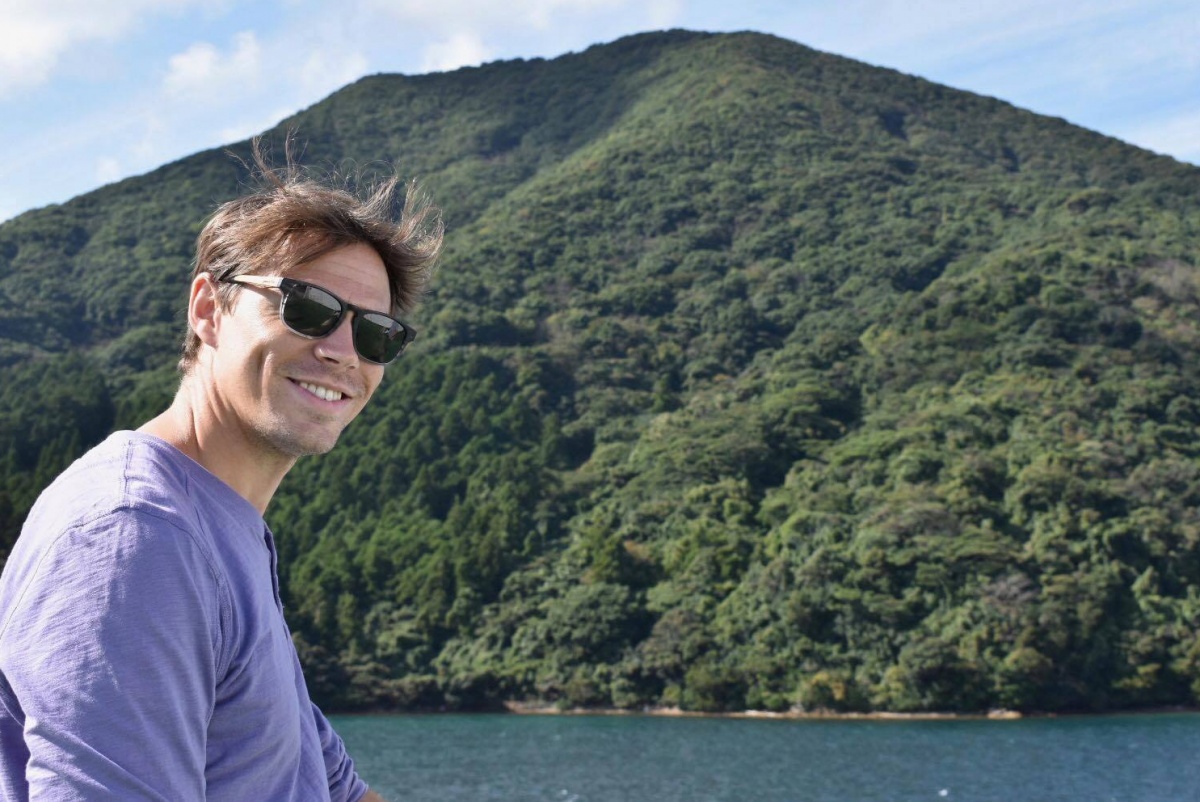
We started off our journey in the Oki Islands and joined one of the famous boat tours. This tour took us to see the spectacular 257-meter-tall Matengai Cliff and other famous rock formations nearby. The Oki Islands are known for their unique rock formations created by erosion from waves, strong winds, and the collapse of the rocks above. Seeing the Matengai Cliff from the water looking up was beautiful, but you can also see it from the top! The Kuniga Coast Hiking Track can be walked in as little as an hour – just watch out for the seemingly wild horse and cattle grazing here! Standing at the top of the cliff, you get a sense of how high it really is and how the wind and water were able to erode it to the sheer cliff it is today.
If you’re still left wanting to see more of the Kuniga Coast area, head around the Kokukaura Bay to the Akao Lookout. From here you can look back at the Matengai Cliff - the details of it are breathtaking and it’s well worth the time to see if from all possible angles.
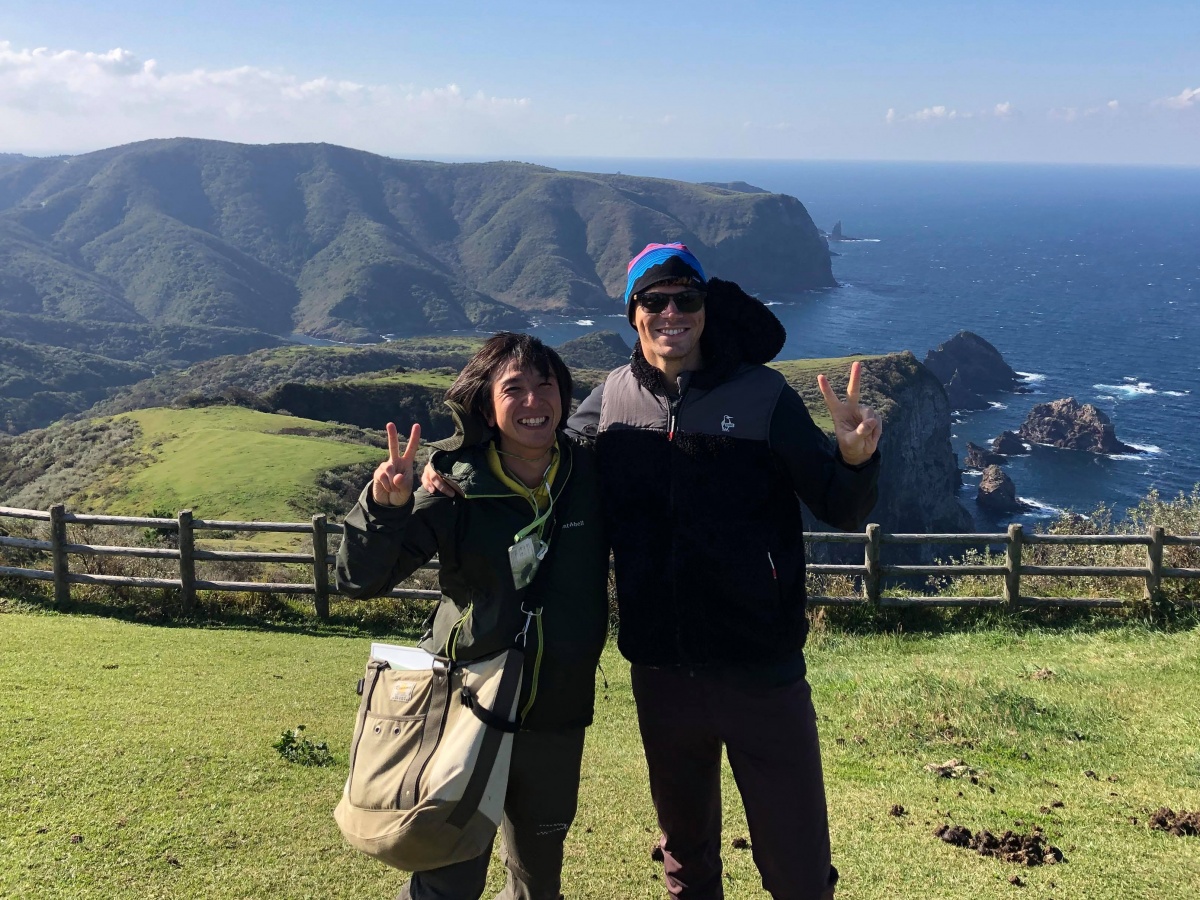
Nearby, we were able to see and experience more of the history of the island. Makihata is a type of farming where they rotated crops and livestock in a cycle. Remnants of the old stone walls that were used for this type of farming, show the outline of how the land was once divided. This is how they coped with the difficult terrain and nutrient-challenged soil to be able to sustain themselves. Nowadays, the locals that live in the National Park have their food brought in from the mainland of Japan. While exploring the island you will no doubt see some cows and horses walking around. They are not only a reminder of farming practices of the past but are still part of the livelihood of local farmers, today. The farmers shared with us that they take very good care of their cattle and have even given each individual cow a name. These days the cows are used to maintain the grasslands. Without them, the island would quickly become overgrown.
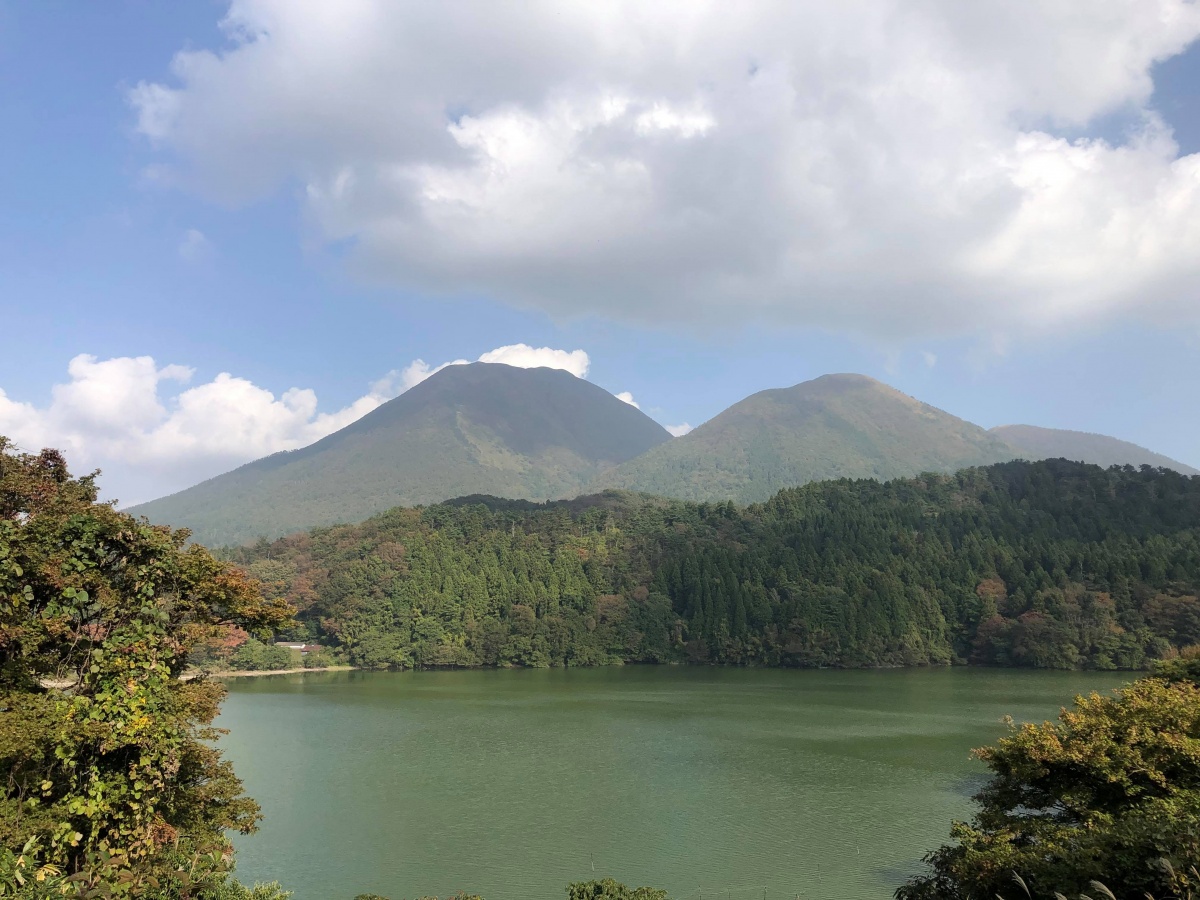
After our quick visit to the Oki Islands, we were off to explore the areas of the National Park located on mainland Japan. Luckily, we were traveling in the fall, so we got to go see the famous autumn colors of the Mount Sanbe area. Mount Sanbe is made up of six peaks that are surrounded by grasslands. We also made sure to visit Ukinunonoike Pond so we could see the beautiful reflection of Mount Sanbe in it. It was a memorable sight, with Mount Sanbe decorated with its fall colors and reflected in the still water. A picture-perfect moment that should not be missed.
Although Mount Sanbe hasn’t erupted in 4,000 years, it is actually a volcano. During the last eruption, an entire forest was buried. These trees were shockingly well preserved over all of these years and later they were excavated and put-on display in The Shimane Nature Museum of Mount Sanbe. In the museum you can see some of the mighty tree stumps that were buried for all of that time, you can even touch and smell the cross section of one of the trees and it smells like it’s still alive and was cut yesterday!
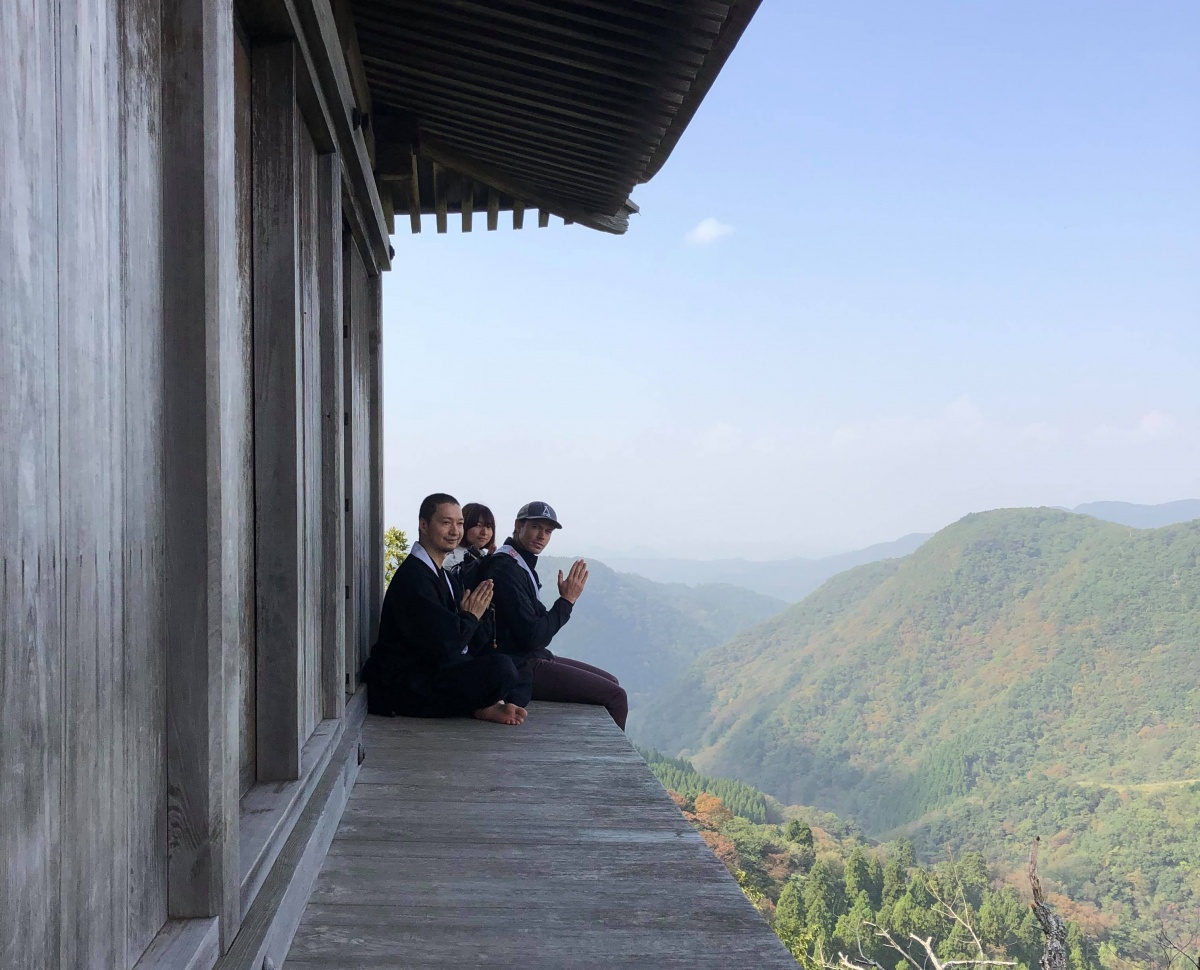
The next place to visit on our list was Mount Mitoku and Sanbutsuji Temple. Nageiredo Hall is a mysterious and famous wooden structure built into the side of a mountain. It is labeled as mysterious because no one has been able to discover exactly how it was built. According to one of the myths, En no Gyoja, an ascetic, used his mystical powers to throw it into the side of the mountain. Before beginning our journey to Nageiredo Hall, we were given a sash, marking us as new trainees. We were told the journey to the temple requires more than just physical strength, it also requires an awareness of nature and focusing your senses on the experience. Ryojun Yoneda, the Assistant Priest who acted as our guide, shared the belief that “to enter a mountain and return from it is to purify your five senses.” On one part of the trail we were taught to chant as we climbed, to aid in the purification process and give us extra power! Halfway along the trail we came across Monjudo Hall which offered a place to rest but is also one of the most spectacular views here. A wooden ledge navigates around the Hall and protrudes high above the trees and over the terrain that we had just climbed. With no handrail or anything between you and the edge, watch your step and enjoy the view if you dare!
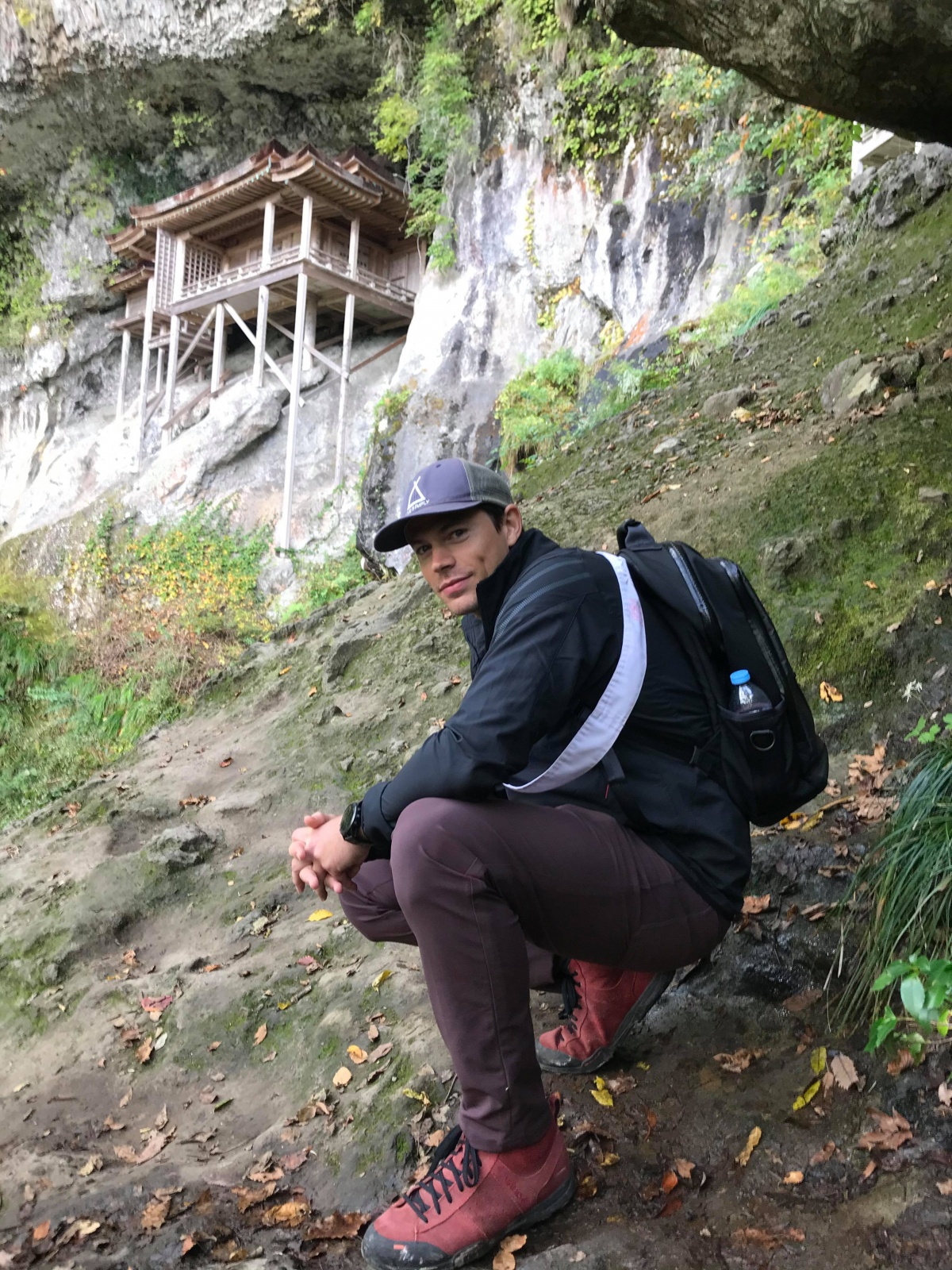
We continued our climb only briefly stopping at Jizodo Hall to chat with other visitors, and then to Shorodo Hall to ring the huge bell here to announce our presence to the gods. After passing Kannondo Hall which is built into a cave, we finally got our first view of Nageiredo Hall. Due to its unique location here on the mountain, half built into the rock face, the building has aged remarkably well. The ideal temperature and humidity of the area has helped it stand here for about 1,000 years. It represents Japan’s belief in living in harmony with nature.
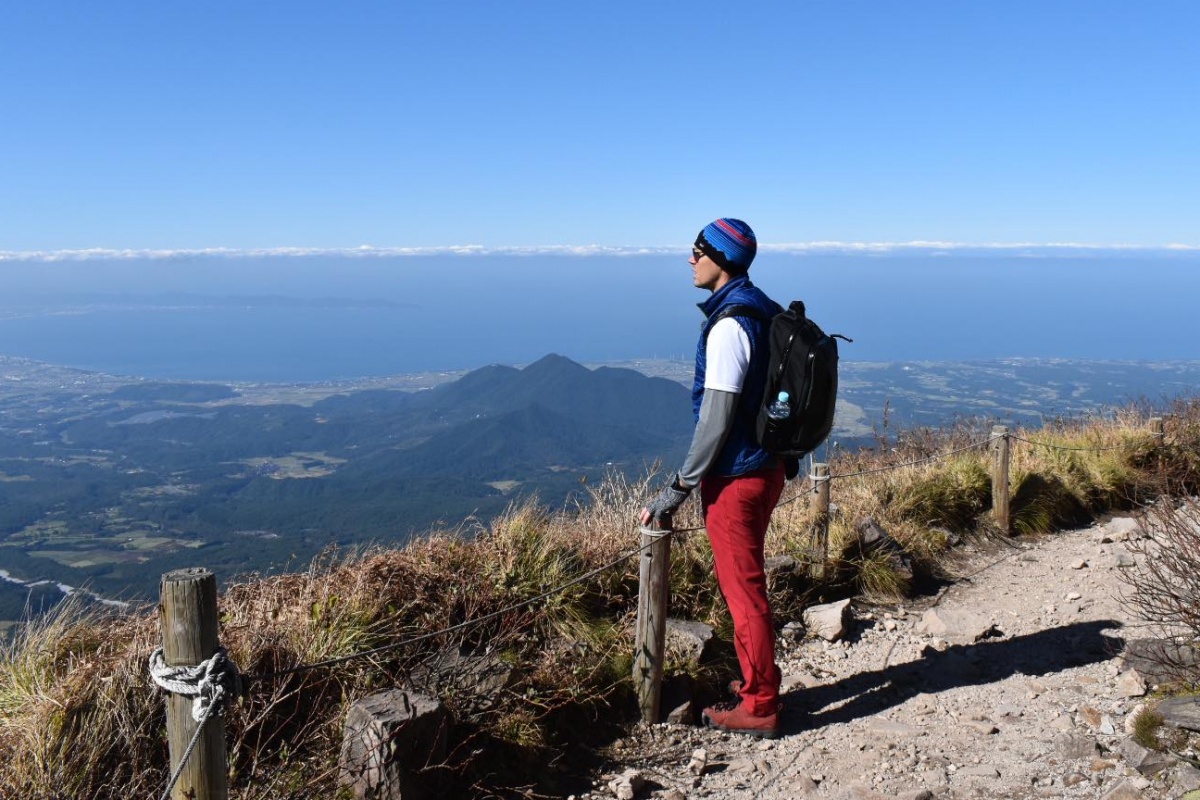
Last but definitely not least, we had the chance to visit Mount Daisen, which is normally the focus point of the Daisen-Oki National Park. Daisenji Temple and Ogamiyama Shrine are both located at the bottom of the mountain and dedicated to it. At the start of our climb, we were asked to pick out a small stone and carry it with us for our ascent. Later we would learn that this is a conservation effort where each hiker takes responsibility for their own impact on erosion through hiking the mountain. On a clear day, Mount Daisen offers some of the best panoramic viewpoints you will encounter in Japan. At numerous points on the trail, you can look back and see the city of Yonago and the coastline of the Sea of Japan.
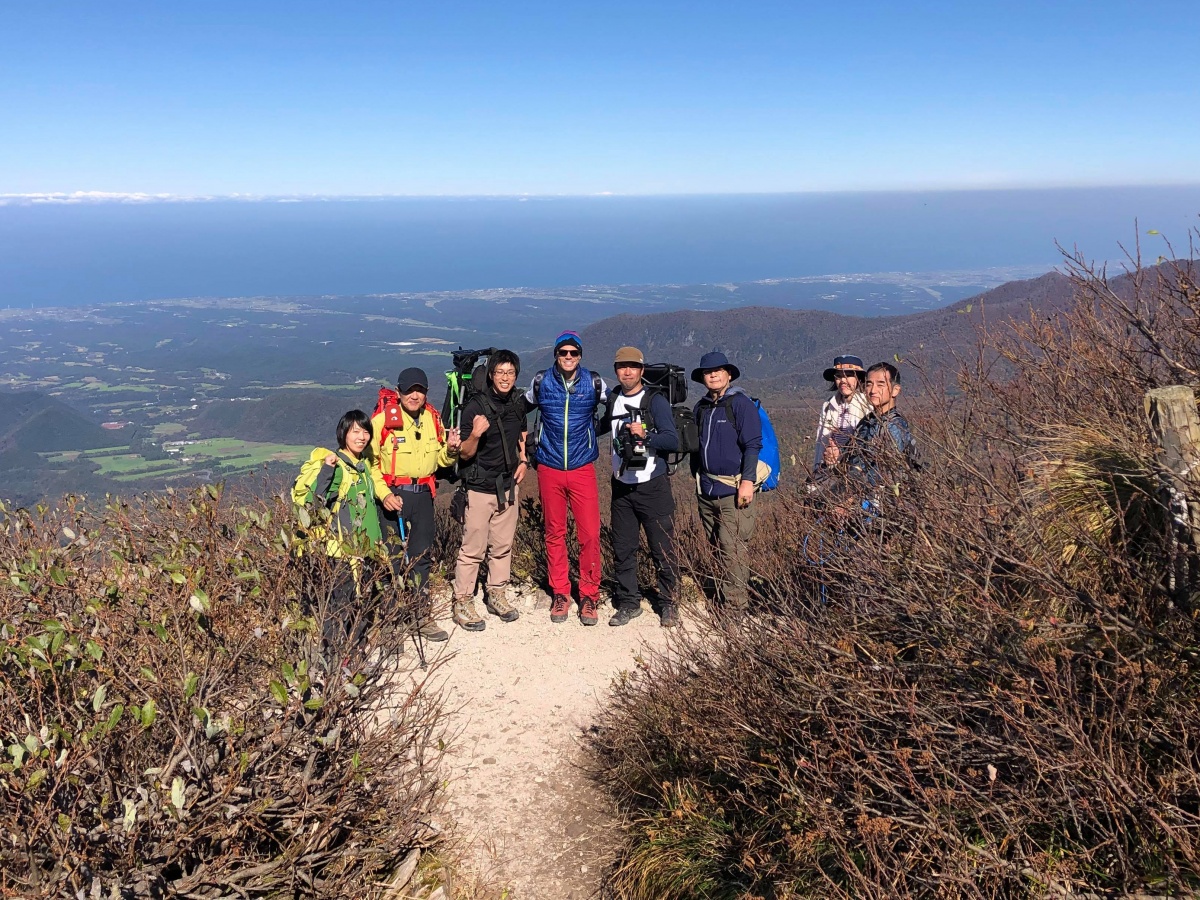
Mount Daisen is 1,729 meters high and takes approximately 6 hours to hike to the submit and return to the car park at its base. The start of the hike takes you through one of Japan’s largest Beech Forests. These trees are known as the ‘dams of the forest’ due to the huge amount of water each tree can store. Close to the peak, you reach the largest yew grove in Japan! To protect these trees, the path leading to the peak is actually a raised boardwalk to discourage hikers from hurting the trees by trampling over them and through them.
Once at the top, we could have lunch and enjoy our reward - one of the best views in Japan. Our guide told us this mountain was greatly affected by an increase in climbers and due to the fragility of the top layer of stone. A large campaign was put in place to restore Mount Daisen by bringing yew saplings, replacing stones that had fallen to the bottom, building the boardwalk, and encouraging hikers to carry a stone from the bottom to the top to engage them in the continued effort to keep the mountain healthy.
You can get to Daisen-Oki National Park using Yonago Kitaro Airport, or by train arriving in JR Yonago Station which takes approximately 3 hours from Osaka, and more like 6 hours from Tokyo.



